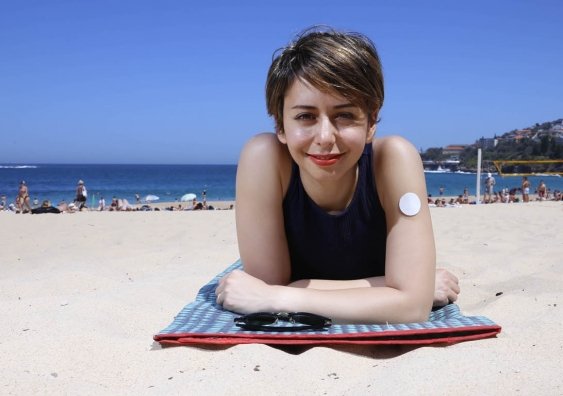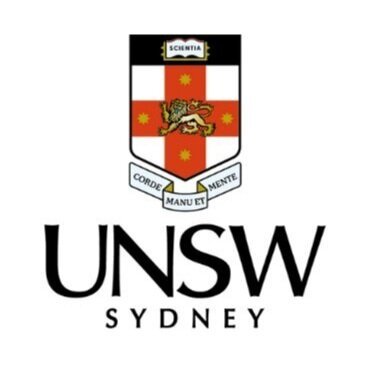
Sun Sensors
The Challenge
Australia has the highest incidence of skin cancer and melanoma in the world. About 90% of non-melanoma skin cancers are linked to overexposure of UV radiation from the sun.
Diligent use of sunscreen offers effective prevention but requires that individuals be aware of UV levels and when they are becoming over-exposed for their specific skin type.
Children are particularly susceptible to sunburn, with research indicating that repetitive sunburn leads to a significantly increased risk of skin cancer in later life.
The Solution
UNSW researchers, led by NSSN founding Co-Director Justin Gooding, prepared a simple, single-use sensor that uses inexpensive, non-toxic materials printed onto paper, using a standard inkjet printer. The indicator material is based on a common food dye that changes colour when exposed to UV radiation, thus informing the user when to re-apply sunscreen or move out of the sun.
The colour change can be tuned to match exposure time limits for different skin types, giving a visual indication to users that allows them to easily see when they are at risk of overexposure.
Created with existing materials and manufacturing technologies, the sensor has the potential to deliver long-term benefits to public health.
The Result
This groundbreaking research has resulted in academic publications and the commercialisation of the product with an industry partner. The project was a finalist in the prestigious Australian Museum Eureka Awards 2018 in the Innovative Use of Technology category.


